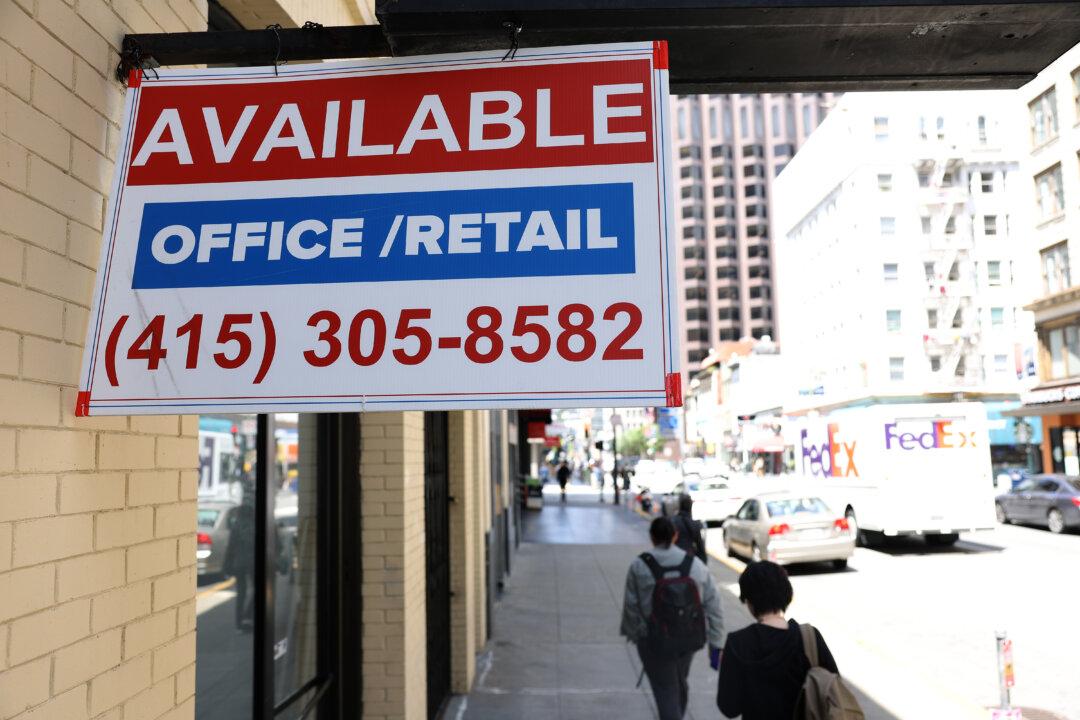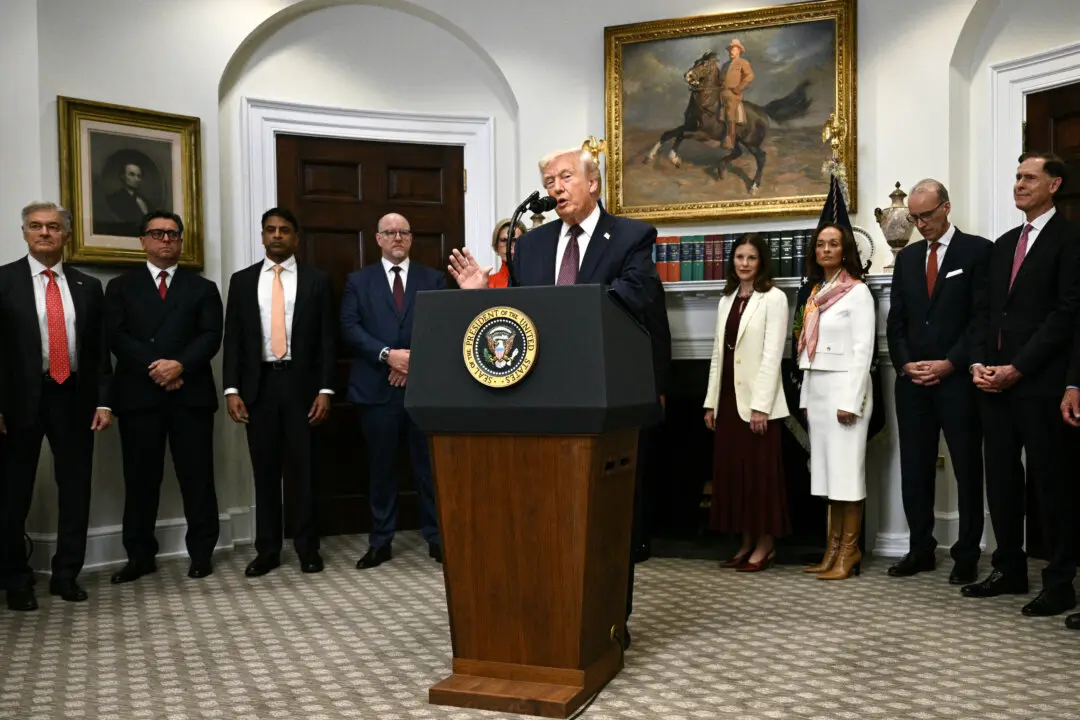A confluence of factors continues to impact San Francisco’s office market, with vacancy and availability rates reaching record highs in the first quarter of 2024, according to commercial real estate analysts at global companies Avison Young and CBRE.
Availability—the combination of vacancy and sublease opportunities in the market—reached 36.7 percent of all office square footage from January to April, according to recently released market analyses from the leading commercial real estate firms.





